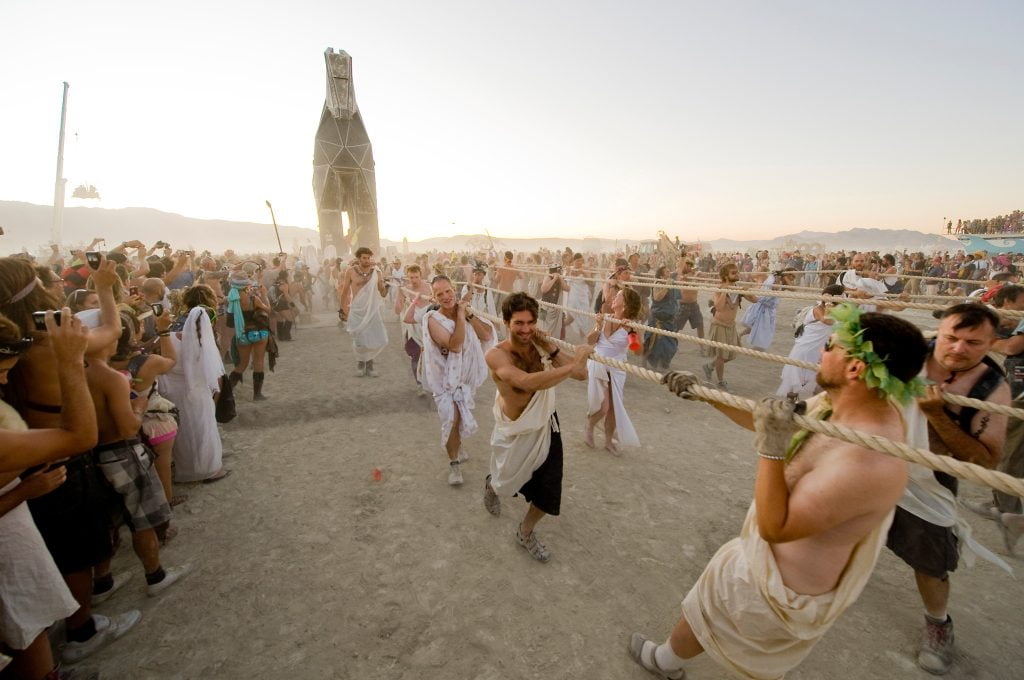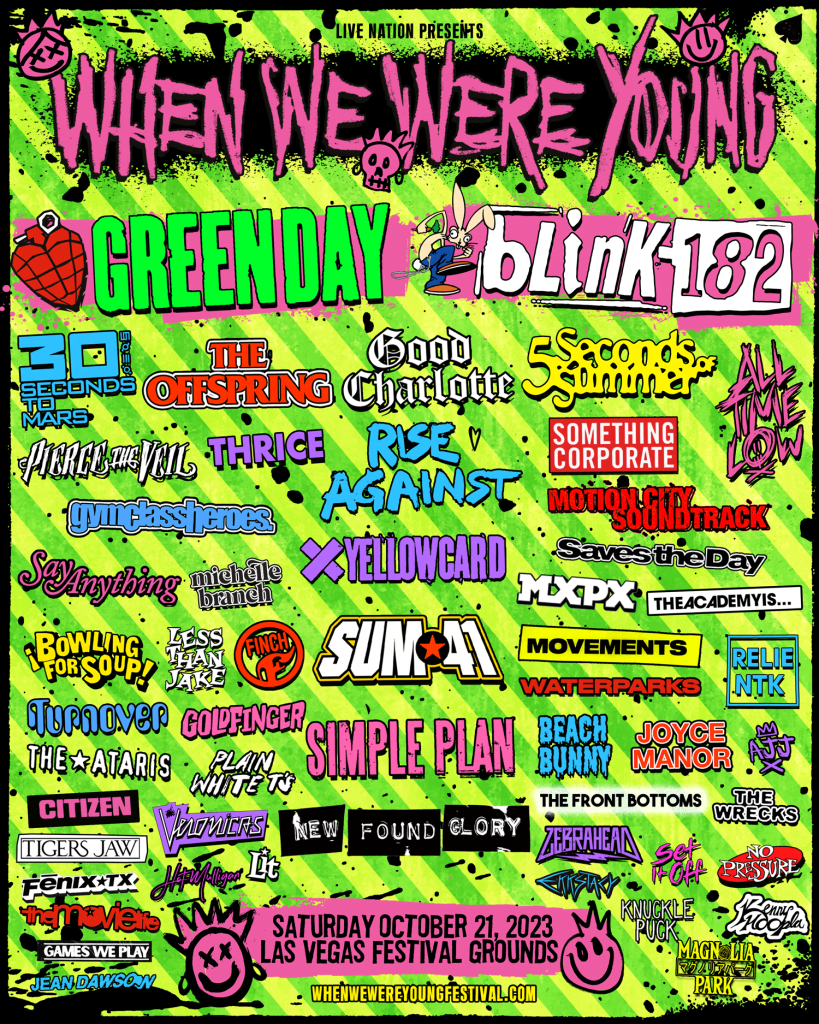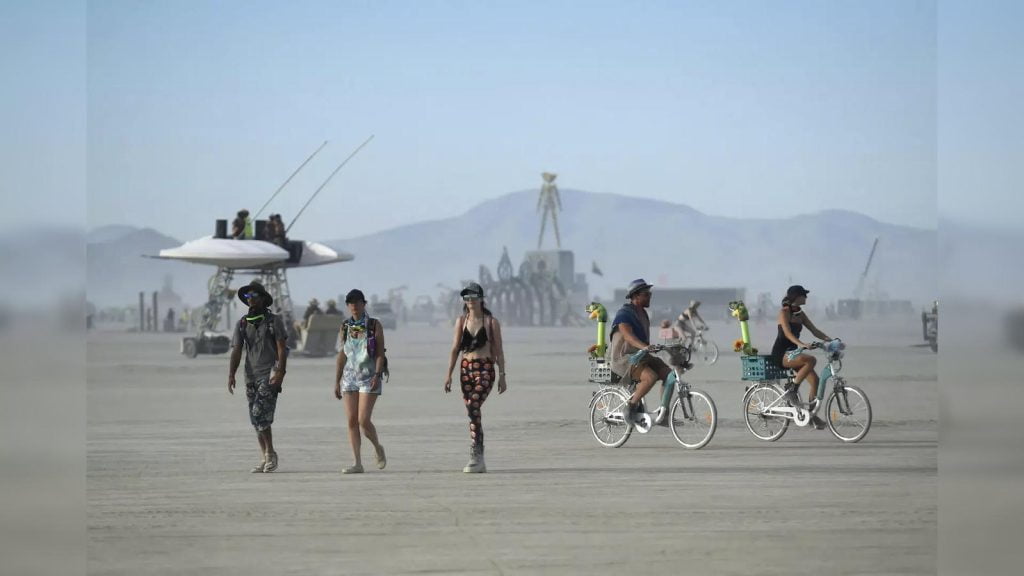One of the most iconic music festivals in history, the Woodstock Festival holds a special place in the hearts of music enthusiasts and cultural historians alike. The question, “What year was the Woodstock Festival?” is often asked by those curious about this groundbreaking event that defined a generation. The Woodstock Festival took place in the summer of 1969, amidst a backdrop of social change and political turbulence. It was a time when thousands of people gathered in a spirit of love, peace, and music, creating a moment that would go down in history. Join us as we delve into the historic date of the Woodstock Festival and explore the impact it had on music and society.
Introduction to the Woodstock Festival
The Woodstock Festival, one of the most iconic events in music history, took place in 1969 in Bethel, New York. This legendary festival is known for its pivotal role in the counterculture movement of the 1960s, symbolizing peace, love, and music.

Historic Gathering
Woodstock was initially planned to accommodate around 50,000 attendees, but it attracted over 400,000 people, leading to an unforgettable gathering of like-minded individuals.
The festival featured performances by legendary artists such as Jimi Hendrix, Janis Joplin, The Who, and many more, making it a cultural milestone.
Cultural Impact
The Woodstock Festival not only revolutionized the music scene but also served as a platform for advocating peace, equality, and unity during a time of social and political unrest.
- Legacy: The legacy of Woodstock continues to inspire generations of music enthusiasts and activists, promoting the values of love and harmony.
- Revival: Several Woodstock revivals and commemorations have taken place over the years, emphasizing the enduring impact of the original event.
Setting the Stage: The Origins of Woodstock
In the summer of 1969, a historic event took place on a dairy farm in Bethel, New York. This iconic event, known as Woodstock, became a symbol of the counterculture movement and a celebration of peace, love, and music.
The Birth of a Cultural Phenomenon
The idea for Woodstock was conceived by four young men – Joel Rosenman, John Roberts, Artie Kornfeld, and Mike Lang – who wanted to create a music festival that would rival the biggest events of the time.
Woodstock was initially scheduled to take place in Wallkill, New York, but due to permit issues, the location was changed to Max Yasgur’s dairy farm in Bethel just a month before the festival was set to begin.
Counting the Years: Revelation of the Woodstock Festival Date
As we delve into the historical significance of the iconic Woodstock Festival, one question that often arises is, “What year was the Woodstock Festival?” The Woodstock Festival, a defining moment in the 1960s, took place in 1969 in Bethel, New York.
The Summer of 1969: The Birth of Woodstock
The Woodstock Festival was held from August 15 to August 18, 1969, and is remembered for its music, art, and cultural impact. It was a gathering of peace, love, and music that drew over 400,000 people seeking unity and harmony in a tumultuous era.
The festival featured legendary performances by artists like Jimi Hendrix, Janis Joplin, The Who, and many more, solidifying its place in history as a pivotal moment in music culture.
Legacy and Impact
The legacy of the Woodstock Festival continues to resonate decades later, as it symbolizes a time of social change and artistic expression. The ideals of peace and unity promoted at Woodstock remain relevant today, inspiring future generations.
- The Woodstock Festival encapsulated the spirit of the ’60s counterculture movement.
- It served as a catalyst for promoting peace, love, and environmental consciousness.
- The documentary film “Woodstock” captured the essence of the festival for posterity.

Key Highlights of the Iconic Event
The Woodstock Music & Art Fair, famously known as Woodstock Festival, took place in Bethel, New York, in August 1969. The event attracted over 400,000 attendees and became a symbol of the counterculture movement of the 1960s. Featuring iconic performances from artists like Jimi Hendrix, Janis Joplin, The Who, and many more, Woodstock Festival defined a generation and left a lasting impact on music and society.
Groundbreaking Performances
The festival showcased legendary performances that have stood the test of time. Artists like Jimi Hendrix and Janis Joplin delivered unforgettable sets that are still revered by music enthusiasts worldwide. The stage also saw electrifying performances from bands like The Who and Grateful Dead.
Celebration of Peace and Music
Woodstock Festival was more than just a music event; it represented a peaceful gathering of like-minded individuals celebrating music, love, and unity. The attendees, also known as ‘Woodstock Generation,’ came together to enjoy music in a harmonious atmosphere, promoting peace and acceptance.
Cultural Impact and Legacy of Woodstock
Woodstock, the iconic music festival held in 1969, continues to reverberate through popular culture and music history. The event symbolized the counterculture movement of the 1960s, promoting peace, love, and music. Woodstock showcased legendary performances by artists like Jimi Hendrix, Janis Joplin, and The Who, leaving a lasting impact on the music industry.
Evolution of Music Festivals
The success of Woodstock paved the way for modern music festivals, influencing the organization and scale of such events. The festival’s emphasis on unity and harmony set a precedent for future gatherings, shaping the experience for festival-goers worldwide.
Social and Political Significance
Woodstock represented a cultural shift and became a platform for advocating social change and political awareness. The festival promoted activism and solidarity, inspiring a generation to challenge societal norms and stand up for their beliefs.
The Woodstock festival in 1969 remains a symbol of resilience, creativity, and community spirit, leaving behind a legacy that transcends time.
Frequently Asked Questions
- When did the Woodstock Festival take place?
- The Woodstock Festival took place on August 15-18, 1969.
- How many people attended the Woodstock Festival?
- Around 400,000 people attended the Woodstock Festival, making it one of the most iconic music festivals in history.
- Where did the Woodstock Festival take place?
- The Woodstock Festival took place on a dairy farm in Bethel, New York.
- What was the significance of the Woodstock Festival?
- The Woodstock Festival is known for being a defining moment in music history, symbolizing the counterculture movement of the 1960s.
- Did the Woodstock Festival have any lasting impact?
- Yes, the Woodstock Festival had a lasting impact on music, culture, and the concept of music festivals, influencing future events and generations.
Unraveling the Historic Date: Final Thoughts
As we’ve delved into the question “What year was the Woodstock Festival?” today, we’ve unearthed the iconic event’s historic date of August 15 to 18, 1969. This legendary festival, held in Bethel, New York, continues to captivate audiences with its timeless impact on music, culture, and society. Woodstock epitomizes the spirit of peace, love, and music that defined the 1960s counterculture. The festival’s legacy lives on, reminding us of the power of unity and the enduring influence of music in bringing people together. Let’s carry the essence of Woodstock forward, cherishing its memory and embodying its message of harmony and togetherness.




